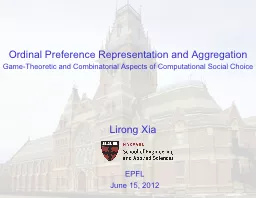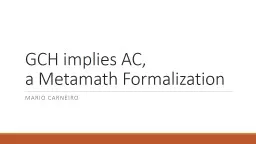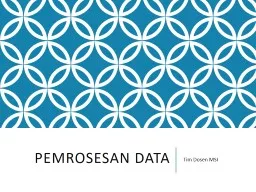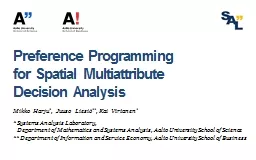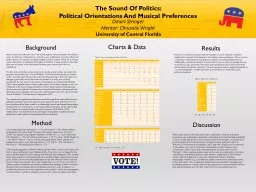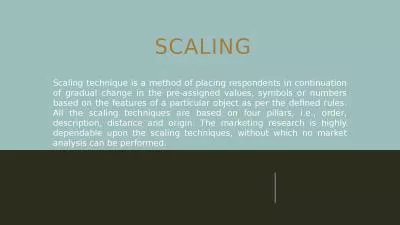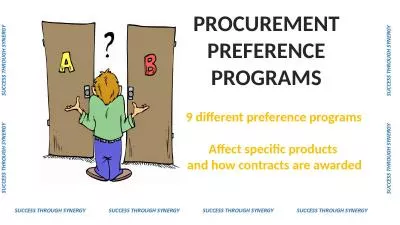PPT-Ordinal Preference Representation and
Author : liane-varnes | Published Date : 2017-05-07
Aggregation Game Theoretic and Combinatorial Aspects of Computational Social Choice EPFL June 15 2012 Lirong Xia Preference Aggregation Social Choice gt gt voting
Presentation Embed Code
Download Presentation
Download Presentation The PPT/PDF document "Ordinal Preference Representation and" is the property of its rightful owner. Permission is granted to download and print the materials on this website for personal, non-commercial use only, and to display it on your personal computer provided you do not modify the materials and that you retain all copyright notices contained in the materials. By downloading content from our website, you accept the terms of this agreement.
Ordinal Preference Representation and: Transcript
Download Rules Of Document
"Ordinal Preference Representation and"The content belongs to its owner. You may download and print it for personal use, without modification, and keep all copyright notices. By downloading, you agree to these terms.
Related Documents

